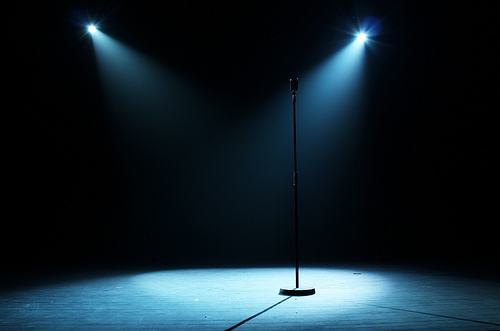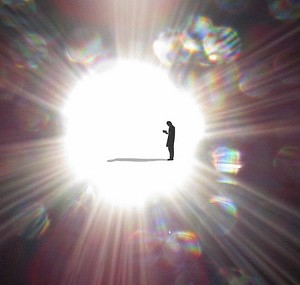Wrapping Up a Look at Establishing Shots
I want to touch on a few insights regarding Establishing Shots and how they come into play in writing twenty-first-century fiction. We are taught that it’s important to stay in one point of view in a scene. You may have a novel with a dozen POV characters (I often do in my novels), but as long as you keep each scene in one character’s head, you are okay.
Sure, writers can break this rule, but if you take a good look at the majority of novels published (and especially the best sellers), you’ll find it’s a fairly accepted rule. And there’s a reason for it. It can be jarring and disjointed to skip around in heads when you are playing out a scene.
Establishing Shots, however, in a novel are sometimes the only “acceptable” place to shift into an omniscient POV for a brief time. You may want to open with an aerial shot and zoom into a small street in a small town, or follow a bird as it flies down to a bird feeder outside the home of your protagonist. Novelists can get away with a little touch of detached camera effect before immersing the reader in their POV character’s head.
Sorry, Most Novels Are Not Written Like That Now
Back in the day, many fine novels unfolded this way, and John Steinbeck excelled in this method. In The Grapes of Wrath, he used the complete, short first chapter in an omniscient viewpoint to set the stage for the book. Then, in chapter 2, he ambled his way into action, eventually pulling out of that storytelling voice and into his protagonist’s POV. We watch a scene where Joad walks over to a diner and gets a lift from a truck driver, and through active dialog loaded with plenty to help the reader learn just who Joad is, setting up the tone, voice, and plot goals for the novel, Steinbeck shifts into action.
However, in this century, as I mentioned in earlier posts, readers don’t want to spend pages reading narrative and description. They want to see scenes played out in real time, with something happening right away that grabs them and gets them into the head of the characters. Some literary novelists with their evocative writing may be able to get away with pages of narrative. By infusing a scene with internal conflict and mystery, they may successfully rivet their readers without “shooting” the scene—or many scenes—at all. Certainly those types of books can become best sellers and are often highly acclaimed. But since today’s reader is so accustomed to seeing stories on the screen, you may opt to lean more toward a cinematic approach and keep your Establishing Shot short and succinct so that you can move from there into the meat of the scene.
This wraps up our look at Establishing Shots. Keep in mind the key points:
- Keep your Establishing Shots brief, but give enough to make clear to the reader when the scene is playing out
- Show the Establishing Shot through your POV character and color the writing to reflect his mind-set and what he sees and feels about the place he’s in
- Use sensory details (sounds, smells, textures) to help immerse the reader in the setting quickly and give a more “tactile” feel for the setting
- If you use an omniscient POV just for the Establishing Shot, bring it quickly into your POV character and don’t ramble for pages
This week, go over the various Establishing Shots you’ve written in your current WIP. Check what you’ve written against this list to see if you’ve made sure these key elements are in there. Share some thoughts about what you’ve learned, or give us a paragraph you’ve written.












I am currently revising my graduate thesis, a full-length novel, to determine whether or not I graduate.
The series of posts on thinking of scenes in my novel in the same terms as how a film is shot, with excellent literary examples, has really helped me step back from the work, which is what I needed, and view it objectively and in fresh ways.
Thanks for this particular series. It came just at a time when I could really use it and incorporate the ideas to strengthen my revisions.
POV and the ‘wrong’ (read confusing) use of omniscient POV are my pet hates. Sure, when you read Jane Austin, for example, the POV is all over the place, yet she gets away with. But in today’s world there is no place for prose written that way. It just confuses the reader and why on earth would any of us want to do that? It’s almost as bad as boring the reader…
Sorry, rant over.
Great post, I might try this opening sequence omniscient POV in my next novel. Possibly.
I’ve enjoyed your whole session on Establishing Shots. Thanks for posting. I follow along and file your posts away for future reference. Thanks. Have a blessed day!